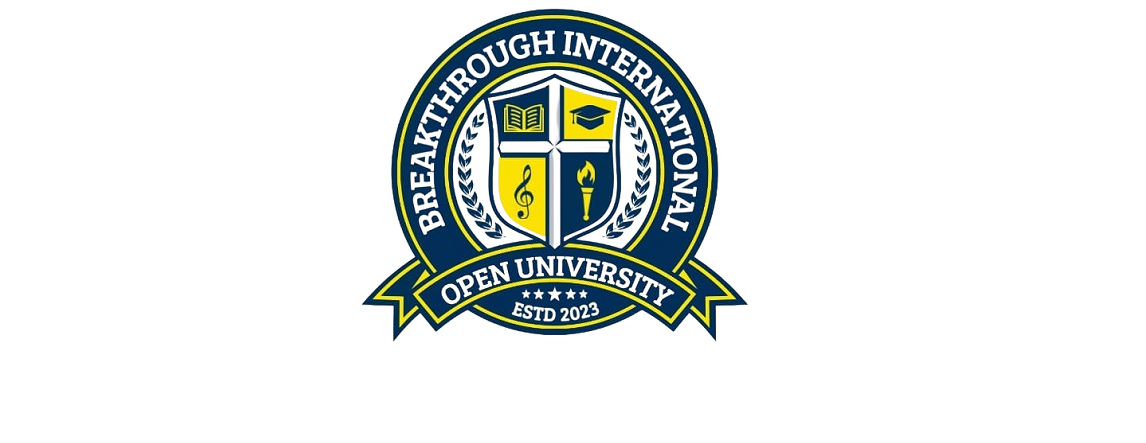Overview
On track to university professorship “On Track to University Professorship” is a certificate program specifically tailored to support you through the challenges of qualifying for a professorship. The program focuses on research funding, leadership skills and didactics and is supplemented by a portfolio of networking, consultation and continuing education courses. Theology professors are hir
Course Description
Education Education is just about the most important requirement for becoming a theology professor. Professors must obtain a high school diploma and a four-year college degree.
The college degree could be in religion or in another subject area. Theology professors must also obtain master’s level education.
Some professors hold master of divinity degrees, while others opt for master of theology degrees. While some institutions will hire a theology professor with only a master’s level degree, most schools require that the candidate possess a Ph.D. or Th.D. in an area such as theology, systematic theology, applied theology or pastoral theology.
Some hiring institutions also like to see a high GPA in a student entering her first professorship.
What you will learn
This Professorship Installation Course outline typically focuses on the transition into a new academic role, emphasizing the responsibilities, expectations, and opportunities that come with a professorship.
This outline can also include aspects of academic leadership, teaching excellence, research development, and community engagement.
Below is the course outline for a Professorship Installation course.
Course Outline: Professorship Installation Course Title:
Professorship Installation: Transitioning to Academic Leadership
Course Description: This course is designed for newly appointed professors to equip them with the necessary skills, knowledge, and resources to succeed in their new roles.
Participants will explore the responsibilities of a professor, strategies for effective teaching and research, and ways to engage with the academic community and beyond.
Module 1: Introduction to the Role of a Professor
Week 1: Understanding the Academic Landscape Overview of the higher education system The role and responsibilities of a professor Academic governance and institutional culture
Week 2: Professional Expectations Teaching, research, and service: Balancing the three pillars Understanding tenure and promotion processes Faculty development and continuous improvement
Module 2: Teaching Excellence Week
3: Principles of Effective Teaching Designing inclusive and engaging curricula Active learning strategies and student-centered approaches Assessment and feedback: Evaluating student learning Week 4: Technology in Education Integrating technology into teaching practices Online and hybrid teaching strategies Utilizing educational tools and resources
Module 3: Research Development
Week 5: Building a Research Agenda Identifying research interests and opportunities Grant writing and funding strategies Collaborations and interdisciplinary research
Week 6: Publishing and Dissemination Navigating the publication process Presenting research at conferences Engaging with academic and public audiences
Module 4: Academic Leadership and Service
Week 7: Leadership in Academia Developing leadership skills and styles Mentoring students and junior faculty Navigating departmental and institutional politics
Week 8: Community Engagement and Outreach Building partnerships with local communities Service-learning and civic engagement initiatives Promoting diversity, equity, and inclusion in academia
Module 5: Personal and Professional Development
Week 9: Time Management and Work-Life Balance Strategies for managing academic responsibilities Setting personal and professional goals Self-care and resilience in academia
Week 10: Networking and Professional Identity Building and maintaining professional relationships Engaging with professional organizations Establishing a personal brand in academia
Module 6: Capstone Project and Reflection
Week 11: Developing a Personal Action Plan Creating a plan for teaching, research, and service Setting short-term and long-term goals Identifying resources and support networks
Week 12: Reflection and Sharing Reflecting on key learnings throughout the course Sharing experiences and insights with peers Preparing for the installation ceremony and future endeavors
Assessment Methods Participation in discussions and activities Development of a personal action plan Reflection papers on teaching and research experiences
Final presentation on a chosen topic related to academic leadership
Recommended Readings "The Professor Is In: The Essential Guide To Turning Your Ph.D. Into a Job" by Karen Kelsky "Teaching to Transgress: Education as the Practice of Freedom" by bell hooks "Research Strategies: Finding Your Way Through the Information Fog" by William Badke Conclusion This course aims to provide newly appointed professors with the foundational skills and insights needed to thrive in their academic careers.
By focusing on teaching, research, leadership, and personal development, participants will be well-prepared to make meaningful contributions to their institutions and communities. This outline can be customized based on specific institutional requirements and the unique needs of the faculty members involved.
Requirements
Education Education is just about the most important requirement for becoming a theology professor. Professors must obtain a high school diploma and a four-year college degree.
The college degree could be in religion or in another subject area. Theology professors must also obtain master’s level education. Some professors hold master of divinity degrees, while others opt for master of theology degrees.
While some institutions will hire a theology professor with only a master’s level degree, most schools require that the candidate possess a Ph.D. or Th.D. in an area such as theology, systematic theology, applied theology or pastoral theology.
Some hiring institutions also like to see a high GPA in a student entering her first professorship.
